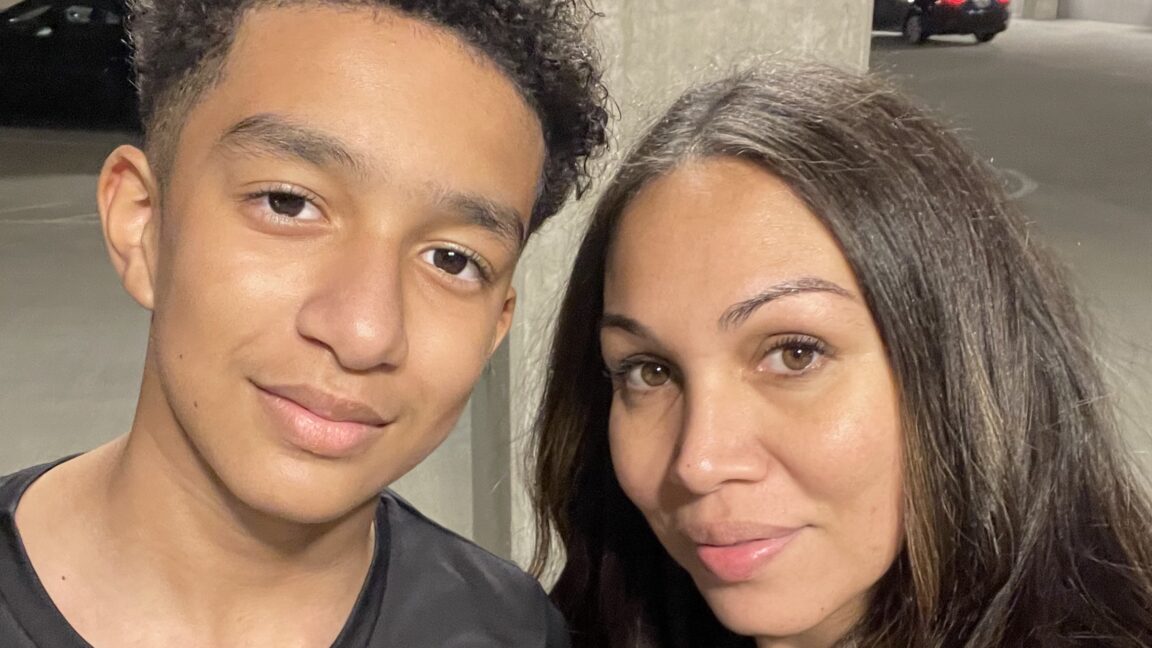Introduction to Griffin Health
Griffin Health is anchored by Griffin Hospital in Derby, Connecticut, a 160-bed acute care community hospital serving more than 130,000 residents of the Lower Naugatuck Valley Region.
The Challenge
Like many health systems, Griffin Health struggled to ensure patients received timely follow-up when an imaging study uncovered a finding that required additional imaging to diagnose an issue or provide a clear answer for an ordering provider. Explicit and incidental radiology findings often signal the earliest stages of disease, but across the industry, about 50% of additional imaging that’s recommended does not get performed. The reasons are varied, but include inconsistent handoffs, lack of centralized tracking, poor communication, and gaps between radiology and primary or specialty care teams.
Griffin Health’s care navigators worked hard to ensure patients had any follow-up imaging studies ordered and completed, but there was no way to manually manage the workload and staff couldn’t always be certain a patient made it to their appointment. That was a safety issue the health system no longer could afford to tolerate. They needed a solution to this challenge that would help close this loop, not just at the time of the initial report, but all the way through to resolution.
Proposal
Inflo Health, a vendor of follow-up care IT, approached Griffin Health with a proposal: If the health system could use artificial intelligence to identify radiology reports with a recommended follow-up imaging study, automate their escalation into care coordination workflows, and orchestrate care, Griffin Health could significantly improve follow-up compliance and patient safety without overwhelming staff. The platform would help identify open recommendations for additional imaging studies in real time, put each patient into an appropriate, pre-defined care pathway for follow-up, and nudge our patients and providers into action.
Meeting the Challenge
Griffin Health embedded the Inflo technology into its existing care navigation processes. The platform began by analyzing radiology reports, looking for language or patterns that indicated a potentially significant finding, like a lung nodule. Once identified, the platform organized patients into workflows based on the type of follow-up needed and the timing for the next step in care. The platform automated provider outreach to ensure an order for the recommended next step was made in the EHR, monitored patient engagement, and determined if and when the follow-up took place.
Results
First of all, using the technology increased the closure rate by 50%. For just incidental findings – which comprise nodules and other findings not explicitly evaluated – Griffin Health realized a 50% improvement in closure rates. That means more patients are getting the care they need, and fewer are falling through the cracks. From a risk management and patient safety perspective, that shift is huge.
Second, the follow-up completion rate is up 17%. Griffin Health’s follow-up completion rate for flagged patients rose 17%. That represents a meaningful jump in real patients being seen, diagnosed and treated sooner. In some cases, it’s the difference between catching a disease early and missing a window for intervention.
And third, patients have been enrolled in a lung cancer screening program based on artificial intelligence recommendations. Inflo Health helped Griffin Health identify and enroll 18 patients in their lung cancer screening program – patients they might not have otherwise engaged at that critical moment. These are real lives potentially extended or saved because an AI system surfaced the right data at the right time, and their teams were equipped to act on it.
Advice for Others
Be clear about what problem you’re trying to solve – and what success looks like. For Griffin Health, the priority was closing the loop on follow-up care. They needed to track findings; but more important, they needed a system that created actionable information. Whatever technology you choose, make sure it doesn’t just identify problems or produce more data – it needs to make it easier for people to do the right thing.
Second, don’t underestimate the importance of working with providers and members of the care team to thoughtfully integrate new tools into existing workflows when possible. The best AI in the world won’t make a difference if your teams don’t use it – or if it isn’t integrated into the way providers and staff do their work.
Conclusion
In conclusion, Griffin Health’s experience with Inflo Health’s AI-powered follow-up care platform has been a success. The technology has improved follow-up compliance, patient safety, and closure rates, and has even helped enroll patients in a lung cancer screening program. By being clear about the problem they were trying to solve and working with providers to integrate the new tool into existing workflows, Griffin Health was able to make a meaningful impact on patient care.
FAQs
Q: What was the main challenge faced by Griffin Health?
A: Griffin Health struggled to ensure patients received timely follow-up when an imaging study uncovered a finding that required additional imaging to diagnose an issue or provide a clear answer for an ordering provider.
Q: What solution did Inflo Health propose?
A: Inflo Health proposed using artificial intelligence to identify radiology reports with a recommended follow-up imaging study, automate their escalation into care coordination workflows, and orchestrate care.
Q: What were the results of implementing the Inflo Health platform?
A: The closure rate increased by 50%, the follow-up completion rate rose by 17%, and patients were enrolled in a lung cancer screening program based on artificial intelligence recommendations.
Q: What advice does Griffin Health have for other health systems?
A: Be clear about what problem you’re trying to solve, and work with providers to integrate new tools into existing workflows.











